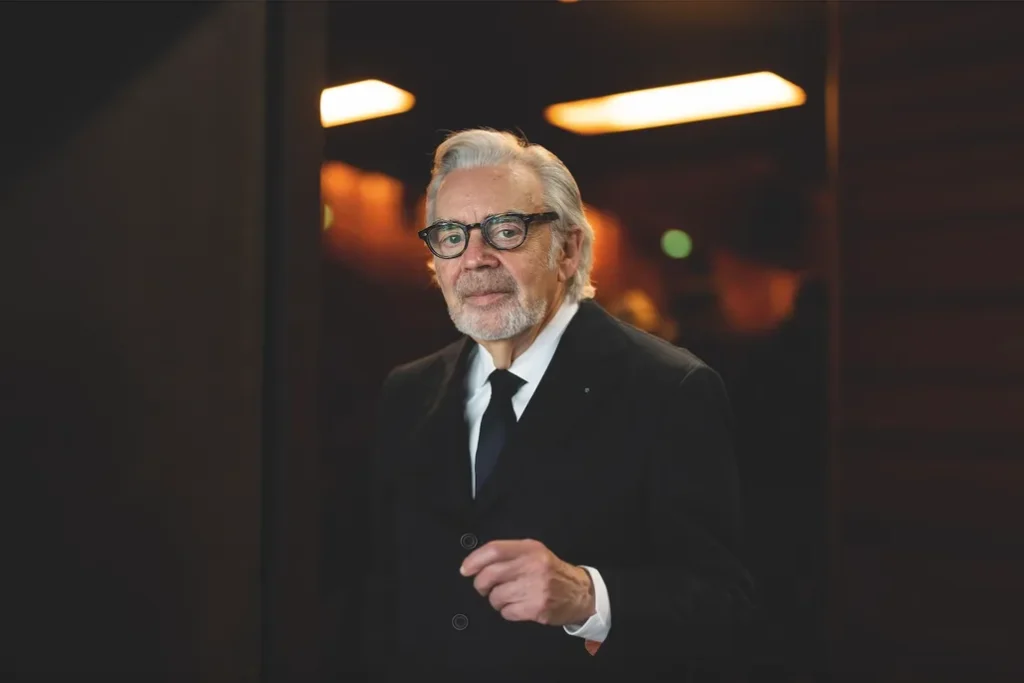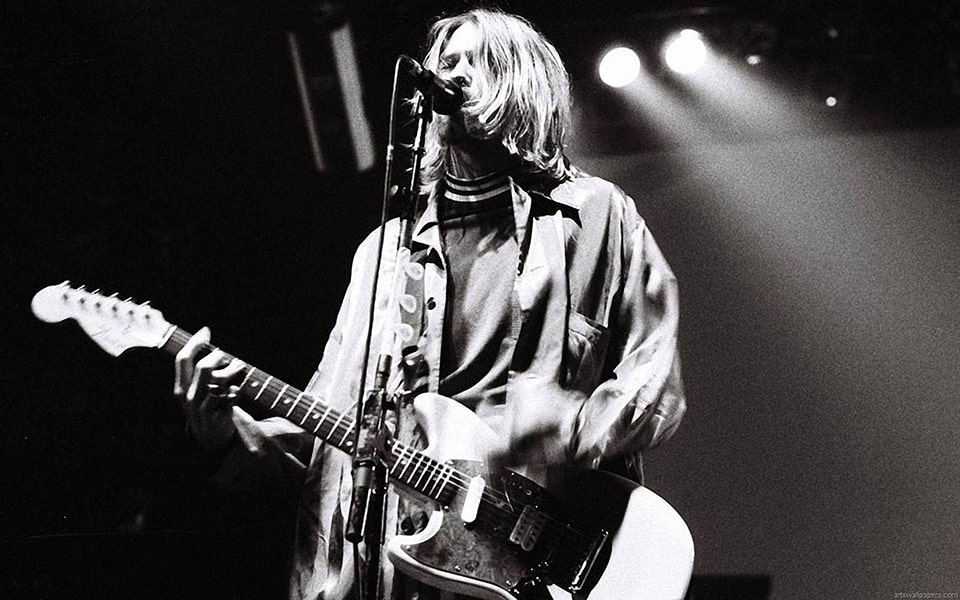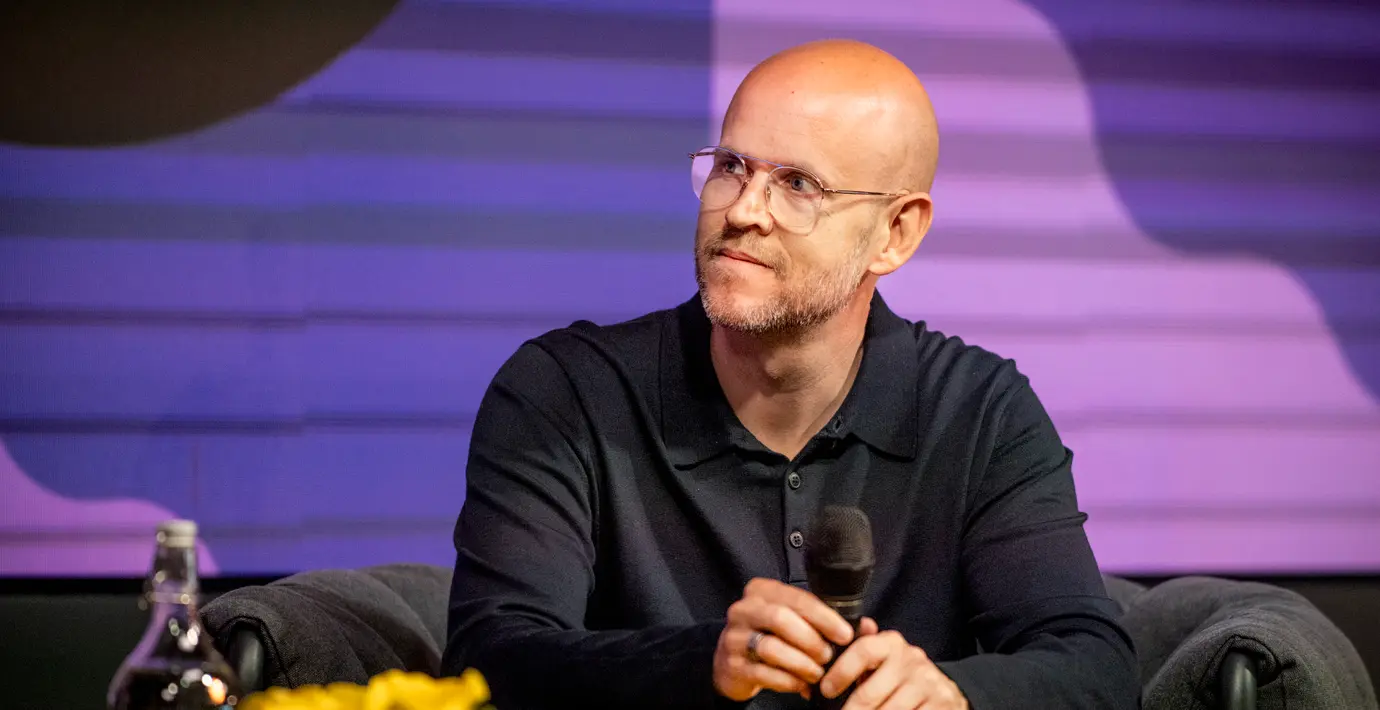The music composed by Howard Shore for Peter Jackson’s film trilogy The Lord of the Rings is not merely a soundtrack, but a monumental musical work that has become an inseparable part of Middle-earth. This cycle of operatic film music, spanning over ten hours of composition, not only accompanies the epic journey from the idyllic Shire to the ominous Mordor, but also gives Tolkien’s world its sonic soul.
How the Music Was Created
Howard Shore — a Canadian composer, conductor, and producer — worked on the music for The Lord of the Rings trilogy from 2000 to 2004. His career spans more than four decades, and he is also known for his work on The Silence of the Lambs and The Hobbit trilogy.
Operatic vision and preparation. Shore approached the composition as if he were writing an opera, aiming to give the music a “sense of antiquity.” Instead of the usual 6–8 weeks given to film composers, he devoted almost four years to writing. He conducted extensive research — reading Tolkien’s works, studying the mythology of the Ring, and exploring its languages — before composing a single note.
Creative process. Shore works “in two worlds.” First, he creates music “in the 19th-century world,” using pencil, paper, and ink for orchestration. Only in the second stage does he move into the 21st century, using recording studios to collaborate with musicians across the globe (London, Berlin, Los Angeles, New Zealand).
Scale of orchestration. The music was recorded with an enormous ensemble ranging from 230 to 400 musicians. The main orchestra was the London Philharmonic Orchestra, joined by numerous choirs (including the London Oratory School Schola) and soloists. Shore personally orchestrated, conducted, and produced most of the score to maintain unified creative control and ensure the purity of his vision.
Core Musical Techniques
Shore’s musical style is characterized by emotional depth, sweeping melodies, and complex orchestration. The central technique in his work for Middle-earth is the use of leitmotifs and distinctive instrumentation to represent different cultures and places.
The Leitmotif System (Wagnerian Leitmotifs)
Shore developed over one hundred leitmotifs — musical themes associated with specific characters, ideas, or locations. This technique, often compared to Wagnerian opera, is particularly effective in The Lord of the Rings, where each theme evolves alongside the narrative.
- The Shire Theme: This pastoral and tender theme appears at the beginning of the film, often performed on flutes and whistles, evoking a feeling of home and comfort. It exists in multiple variations — reflective, rustic (in a Celtic style), and hymn-like.
- The History of the Ring Theme: The central motif that opens the film. It has a rising and falling “breathing” pattern that gives the Ring a sense of sentience and intent. The theme’s Middle Eastern tonal quality, unusual to Western ears, helps convey its power to corrupt.
- The Fellowship Theme: Symbolizing unity and hope, this theme builds through brass instruments and choral power. When the Fellowship breaks apart, the theme fractures as well, later reassembling as the quest progresses.
- The Rohan Theme: Uses the Norwegian Hardanger fiddle, reflecting Jackson’s vision of the Rohirrim as a Northern European-inspired people.
- The Music of Evil (Mordor/Saruman): The ominous choral arrangements of Mordor, combined with pounding drums and deep brass, instill dread. For the Orcs of Isengard, a five-beat industrial rhythm is played on metal plates, taiko drums, and chains, evoking a harsh industrial effect. For the corrupted Gollum, Shore used cimbalom and bass clarinet to create trembling instability.
Orchestration and Linguistic Features
Shore employed rare instruments such as the didgeridoo and hurdy-gurdy to create distinctive timbres.
Choral music plays a vital role and is often sung in Middle-earth’s invented languages — Sindarin, Quenya, Khuzdul, and Adûnaic, as well as Old English (used as an analog for Rohirric). The texts for the choral lyrics were derived from Tolkien’s poetry, the film scripts, and original material by Shore and the screenwriters, translated by linguist David Salo.
The Elvish theme of Lothlórien/Galadriel employs the maqam Hijaz scale, lending an ancient and mystical quality to the music.

The Music’s Impact on Film and Cinema
Howard Shore’s music transcended the role of background accompaniment, becoming a narrative force in its own right.
- Deepening emotion and narrative: The intricate system of leitmotifs allowed the music to function as the “musical DNA” of Middle-earth. It underscored emotional depth, epic battles, and intimate moments, guiding viewers through the complex story.
- Creating cultural identity: Shore gave each race of Middle-earth its own musical system, adding a profound sense of authenticity. Hobbits were represented through familiar diatonic modes, Men through modal diatonicism, and Elves through non-diatonic scales, giving them a more ancient, otherworldly feel.
- Reflecting character development: Themes evolve alongside the characters. For example, the Hobbit theme is first played on simple instruments, but when they return to the Shire to defend it, the whistle is replaced by a flute, symbolizing their growth.
- Cultural phenomenon and awards: The soundtrack became the pinnacle of Shore’s career, earning him three Academy Awards (including Best Original Song for “Into the West”), three Golden Globes, and four Grammys. In Classic FM listener polls, The Lord of the Rings soundtrack was voted the greatest film score of all time for six consecutive years.
- Influence on the fantasy genre: Following The Lord of the Rings, other productions such as Game of Thrones adopted richer, more intricate scores where music became a fully realized tool for world-building and storytelling.
Applying Shore’s Techniques Across Musical Genres
The core techniques used by Howard Shore can be adapted to virtually any musical genre, as they address fundamental principles of composition and the relationship between sound and story.
| Technique | Core Application | Use in Other Genres |
|---|---|---|
| Leitmotif System | Associating a musical theme with a specific character, idea, place, or emotion. | Concept Albums (Rock/Electronic/Hip-Hop): Use recurring melodic phrases (samples, riffs, vocal motifs) to represent key characters or narrative threads, helping listeners stay emotionally oriented. |
| Thematic Evolution | Changing orchestration, harmony, or rhythm of a leitmotif to mirror narrative or character development. | TV Series/Video Games (any genre): Modify the main theme (e.g., switch from major to minor, alter tempo, or add aggressive instruments) to reflect a character’s fall or growth. |
| Ethnic/Cultural Orchestration | Assigning unique instrumental palettes, harmonic systems, or modes to different cultures or groups. | World Music/Film Scoring: Incorporate unconventional instruments (e.g., duduk, cimbalom, didgeridoo) or modal systems (like maqam Hijaz) to create exotic or ancient atmospheres. |
| Hybrid Workflow | Combining traditional compositional craftsmanship with modern technology. | Contemporary Electronic Music (EDM)/Jazz: Start from classical harmony and form, then apply digital tools, studio techniques, and remote collaborations — essential for modern film scoring. |
| Music as World-Building | Creating music so deep and immersive that it becomes inseparable from the fictional world. | Branding/Marketing (any genre): Develop a “sonic identity” for a brand or franchise, where music embodies its values and story — as Shore’s music gave life to Middle-earth. |
According to Howard Shore himself, his work on the film was a way to express numerous ideas he had long carried in his mind. This approach — centered on music as art, rather than as a mere functional component — allowed him to develop his compositional vision using cinema as a platform for realization.
Learn more about the relationship between music, silence, and noise in Does Silence Exist? Music in the Context of Noise Pollution.






